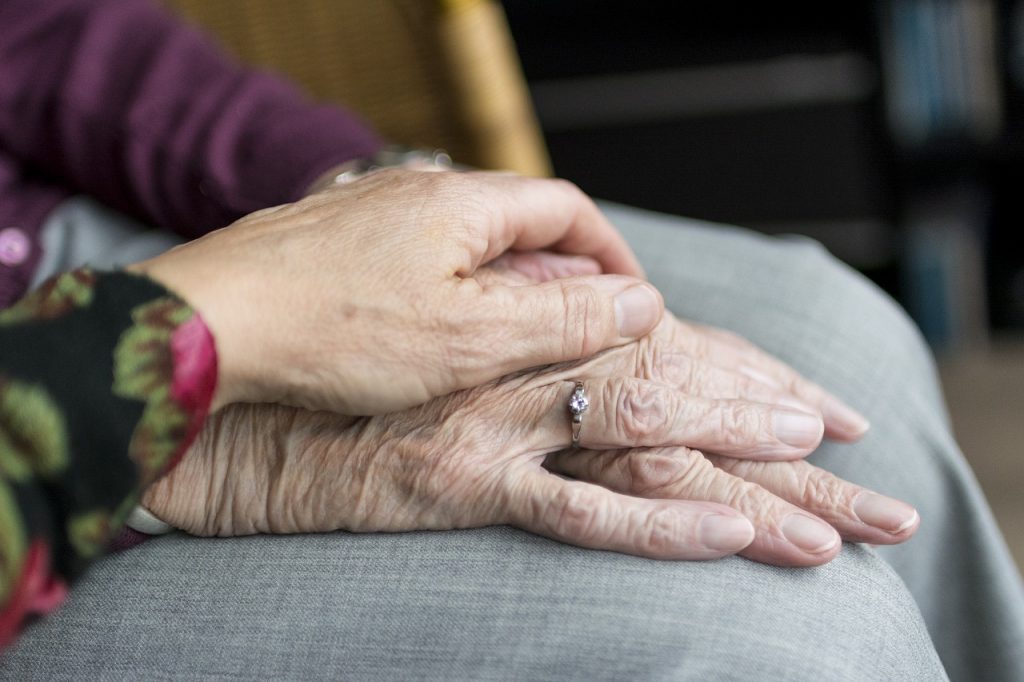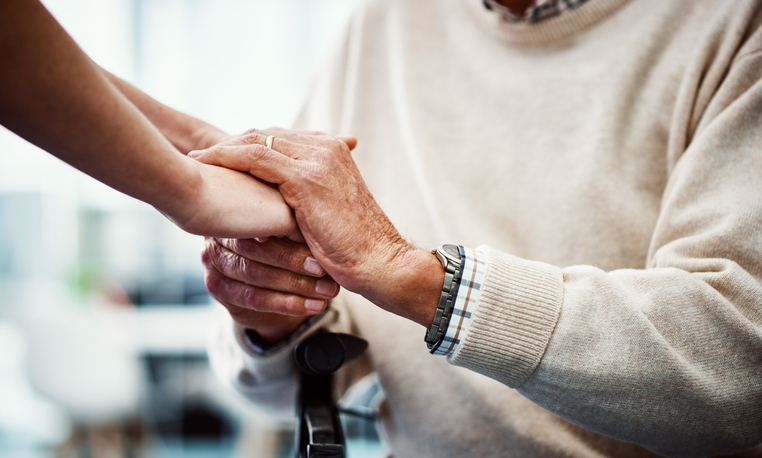The introduction of AI and advanced technology is transforming a huge range of industries – and that doesn’t stop when we look at the health and social care sector.
In this blog post, we’ll take a look at the potential benefits of using robotics and AI in care, as well as possible use cases in the future.
Potential Benefits of Robots In Care
- Enhanced Efficiency: Robots and advanced technologies can streamline and automate routine tasks, such as meal preparation, cleaning, and medication reminders, reducing the time and effort required from care providers. This increased efficiency allows care providers to focus more on direct patient care and personalized interactions.
- Improved Safety and Monitoring: Robots equipped with sensors and AI algorithms can assist in monitoring and detecting potential safety hazards, falls, or changes in vital signs. This enables timely interventions and ensures a safer environment for care recipients, minimizing the risk of accidents and improving overall well-being.
- Personalized Assistance: Advanced tech, including robots and AI systems, can be programmed to adapt to individual care recipient needs and preferences. They can provide personalized reminders, interactive activities, and assistance with daily tasks, promoting independence, adherence to care plans, and overall satisfaction.
- Augmented Caregiver Support: Robots and advanced tech can alleviate the physical strain on care providers by assisting with lifting, transferring, and other physically demanding tasks. This support reduces the risk of injuries and work-related strains, allowing caregivers to sustain their energy and focus on providing compassionate care.
- Social and Emotional Engagement: Companion robots and virtual reality technologies can offer social interaction, companionship, and emotional support to care recipients. These technologies can help combat feelings of loneliness and isolation, providing a sense of connection and improving overall well-being.
It’s important to note that while these benefits are significant, the use of robots and advanced tech in care should always be complemented by human interaction, empathy, and ethical considerations to maintain the highest standards of care.
Potential Use Cases
Robots and AI have the potential to transform the healthcare industry, particularly in the area of care. Some potential use cases for robots and AI in care include:
- Robotic nurse assistants to help with tasks such as lifting and moving patients
- AI algorithms to prioritize patient scheduling and speed up testing
- Robots collect samples in a contactless way
- Telehealthcare to provide remote care and monitoring
- AI-assisted robotic surgery to guide a surgeon’s instrument during surgery
- Robots to disinfect surfaces and rooms
- AI-powered chatbots to provide mental health support
- Robots to help with tasks such as feeding and bathing patients
How Are Robots and AI Being Used in Elder Care?
Robots and AI are already being used in Japan for elder care to help with physical care, mobility, exercise, monitoring physical activity, detecting falls, feeding, bathing, and using the toilet Robotic nurse assistants are also being used in hospitals, homes, and care homes for the elderly.
Telepresence robots are being used to communicate with patients remotely, and some robots are smart enough to point out specific health conditions from their patients’ voices or movements. Meanwhile, there have been cases of AI-powered robots also being used for elder companionship, such as ElliQ by Intuition Robotics.
Additionally, computers are increasingly guiding decisions about elder care and tracking everything from toilet visits to whether someone has bathed.
What Are Some Limitations of Using Robots and AI in Care?
While robots and AI have the potential for the care sector, there are also some limitations to their use.
- One challenge is that robots lack emotional engagement and human values, which can be important in health and social care.
- Another concern is that the use of care robots could increase the alienation of older persons, removing even the small human interaction some vulnerable people recieve.
- There are also ethical issues to consider, such as deception and dignity – can a robot or AI be trusted to perform the same way a human, capable of empathy and a deeper understanding, can?
- Additionally, while robots can help with physical care, they cannot fully substitute human care. In Japan, for example, only a small percentage of elder-care institutions have introduced care robots.
- Finally, there may be technical challenges to overcome, such as creating systems that integrate AI and robotics to support vulnerable people without the service users themselves requiring any training in this new technology.
Case Study: Caress Project
The CARESSES UK project aims to build robots that can learn about residents by taking into account their individual personalities, as well as their cultural identity. The robots can then help residents stay in touch with loved ones, provide lifestyle reminders such as staying active, what clothing to wear, or upcoming events and holidays, and even stay up to date with the therapy that has been prescribed to them.
The project is always aiming to be complementary to carers, rather than replacing them – making the lives of both carers and the people they care for easier.
Read more about the CARESSES project and the original article here.








